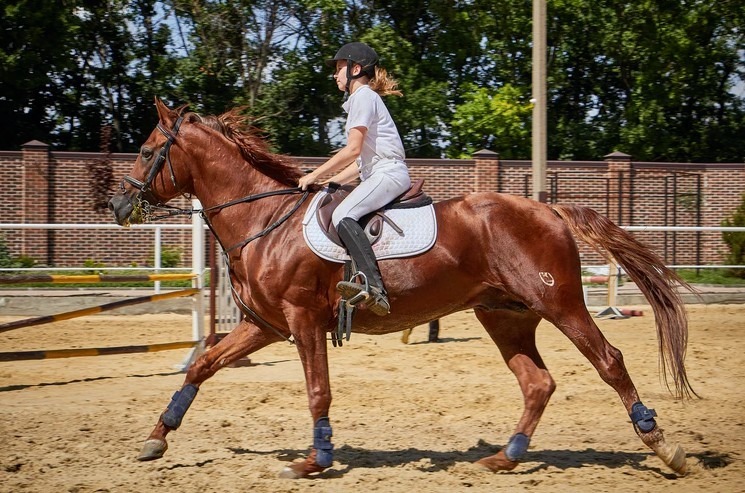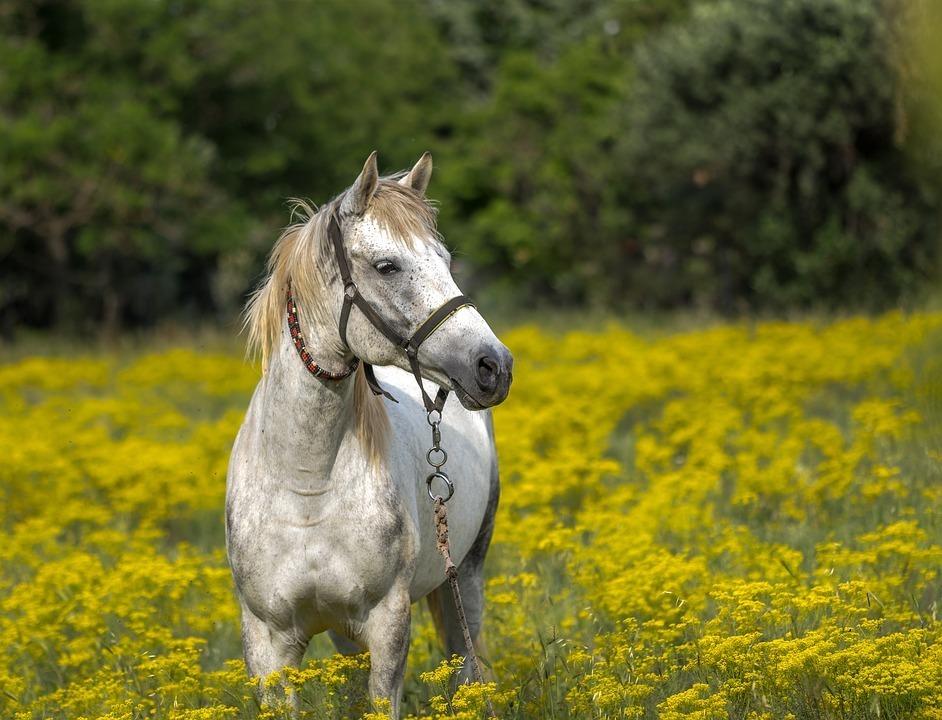Science Behind Horse Breed Classification

If you own a horse and you do not have a horse’s registration papers or if you’re unsure of your horse’s parentage, then determining its breed will be consisted of educated guessing. If you are familiar with the different body types and characteristics of horse breeds, then chances are you will probably be able to figure out your horse’s ancestry. However, you should keep in mind that even the most experienced horse owners and equine veterinarians can also make mistakes when it comes to determining a horse’s breed, especially if it does not share any apparent traits of his lineage. In this article, we are going to teach you about the science behind identifying the breed of a horse. View here to learn more about best horse racing tipsters.
What are the Different Types of Horse?
Stock Types – This type of horse is generally quarter horses, they are muscular, compact, and they are built for ranch work.
Hot blood Types – Thoroughbreds and Arabians are considered hot-blooded horses, and they are the modern thoroughbred from Arabian ancestry. This type of horse typically has a dished face with an arched neck as well as a tail that is carried high. Arabian types of horses are usually small. On the other hand, thoroughbreds are often called the hunter types, and they stand taller compared to the Arabian horses.
Warmblood types – This type of horse breed was initially made in Europe, and they are often used as sports horses because they are great in jumping, combined driving, and even dressage. Warmblood types of horses are usually firm, large, but elegant animals.
Draft Horses – Draft horses cannot be mistaken for any other type of horse because of their bulkiness and sheer size. Draft horses are typically crossbred with other lighter breeds to produce sport and pressure horses that have strong bones, just like a working horse. Profuse leathering is one of the typical characteristics of a draft horse.
Saddle horses – Horses that belong to this category often carry their heads, tails, and necks upright. They always look animated and alert. Some saddle horses are gaited, which means they will try and perform the rack and the slow gait.
Gaited horses – Gaited horses are often classified by their movements because they do not always trot. Instead, they like to go on a smooth running walk.
How are Horses Breeds Classified?
One of the easiest ways to determine what your horses breed is to check its upper lip if it has a tattoo and looks for a freeze band on its neck or other body parts it could be branded. For example, thoroughbred horses typically have a raced lip tattoo consisting of a letter and five numbers. While warmblood horses are branded with each particular breed using a specific brand that often included the registration number or birth year of the horse.
Remember, if you do not see any tattoo on your horse, it does not mean that it isn’t a thoroughbred. A horse that was not bred for racing or did not make it to the race track does not have any tattoo.
Another great way to determine your horse’s breed is through DNA testing. Although it cannot fully assess your horse’s breed per se, it can give you a handful of information about your horse. It can ensure you that your horse has the particular parents advertised. Testing your horse’s DNA also lets you know if your horse is susceptible to any hereditary disorders, which in turn will also let you know that a particular breed is somewhere in your horse’s DNA.




